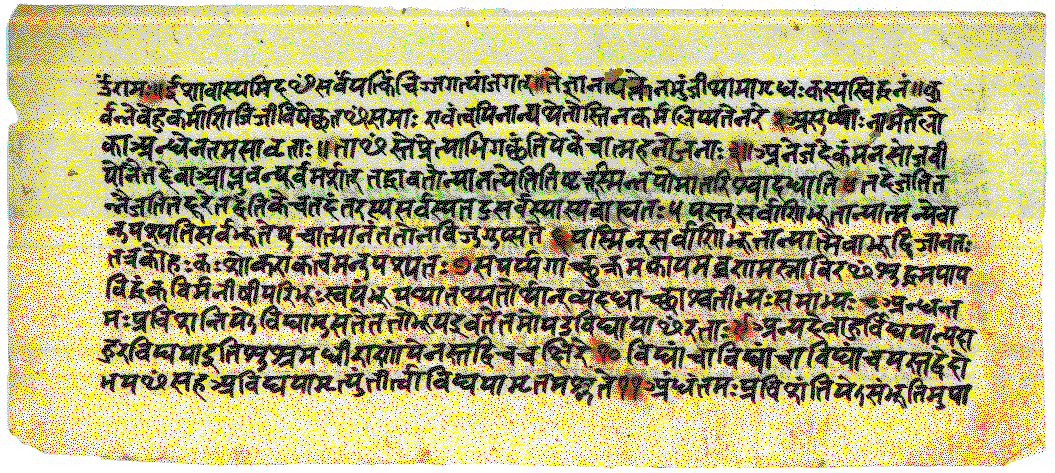WHO AM I? THE MECHANICS OF PERCEPTION:
At a given time when we perceive the phenomenal world of objects, there are three things involved: the knowing “subject,” the “process of knowing,” and the known “object.” Generally this is experienced as one single movement of consciousness.
But is it so?
Who is the knower in this equation? Is it a person, an entity, or just the pure awareness? If we pay close attention to the Subject, the knower, the seer, the sākshī, we may discover its true nature.
Could it be that the great German philosopher, Immanuel Kant, was referring to it when he was referring to the thing-in-itself (das Ding an sich)—the unknowable noumenal world? We cannot after all observe the consciousness because consciousness is the observer. And in meditation verily the distinction between the subject and the object disappears and we inhere as just the witness-consciousness, the subject.
Recently, i was refreshing my acquaintance with Schopenhauer’s “The World as Will and Representation” and was struck by the opening sentence of its second essay (of the first vol.): “That which knows all things and is known by none is the subject.” ‘this known by none” is the consciousness. We know that Schopenhauer was exposed to the Upāniṣads, the Indian wisdom texts, as he himself extolled their beauty and splendor in some of his writings.
Upon further reflection on this prakriyā, technique, of being aware of the Subject, it may dawn on us that its true nature (and by extension, our true nature, svarūpa) is “knowing-ness,” or “being-ness,” in whose light (pure awareness) the triad, triputi, of the knower, the process of knowing, and the known gets illuminated.
It is perhaps imprecise to call it the Knower, for it is verily the substratum of even the knower. Or, shall we say, it is prior to the Knower.
It is as if on the screen of Pure Awareness–“Knowing-nees,” the life’s play of light ‘n sound gets projected. This is the central technique of Vedānta: being aware of the knowing-ness behind the facade of our perceptual apparatus. To be established in this pure awareness is what is referred to as spiritual freedom, liberation, mukti, mokṣa, liberation.
To attain firm abidance, niṣthā, in this being-awareness is the goal of all Vedāntic spiritual practice, sādhanā.


Awesome!